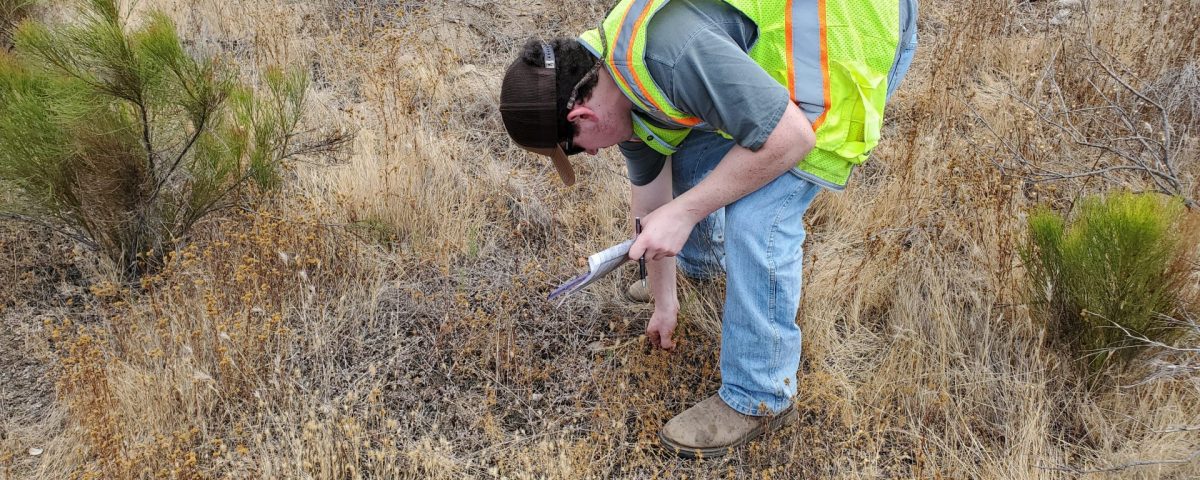
Stewardship & Loving an Area to Death
July 20, 2022
Species Feature: The American Chestnut
August 3, 2022
What I Didn't Know
Author: Eli Kanner
I began my summer internship with the Great Ecology team not knowing what to expect. I’ve spent countless hours—with many more to come—in college (at CU Boulder) studying the environment to prepare myself for a job in the environmental restoration industry. When Great Ecology presented an opportunity for me to participate in this field, my excitement quickly became a feeling of unpreparedness. All my time in the classroom suddenly felt useless and I knew my pertinent knowledge needed development to become practical and functional skills. On my first day, I felt about as useful and skilled as an Amish electrician, not sure how the knowledge I had developed would apply in an actual restoration job. Despite this, the Great Ecology team showed me unwavering kindness, patience, and guidance. This support fostered an environment where I could cultivate new skills, techniques, and knowledge that are indispensable for my career in the environmental sector. Every day I learn something new, from tricks for identifying the invasive plant species of California’s riparian ecosystems, to discovering what workplace characteristics I prefer.
During my time with Great Ecology, the bulk of my work has been in the field supporting ongoing habitat restoration implementation. San Marcos—a city about forty minutes north of the Great Ecology office in San Diego—is the site of a massive neighborhood development led by our client, KB Home. The vast construction replaced and disturbed several large areas of natural ecosystems—particularly riparian and sensitive upland habitat. KB Home hired Great Ecology to recreate and restore sizable amounts of those habitats to offset damages to the land they built on.
I joined this project closer to its finish than its beginning, providing me a great opportunity to develop experience in the field and observe the culmination of years of planning and pre-implementation work. After familiarizing myself with the project’s background and reading through planning documents, I could follow the objectives down the timeline and see the plan translate into the final physical product. Furthermore, working daily with the on-site project manager taught me effective strategies to deal with some of the twists and turns associated with leading restoration work, such as coordinating with less-than helpful code inspectors, keeping field teams on schedule, and problem-solving in the field.
Much of the above-mentioned experience and personal growth would not have been possible without my internship opportunity and most importantly, my team members at Great Ecology. I look forward to applying the knowledge and skills I developed as I return to college and soon, to the beginning of my environmental restoration career.

